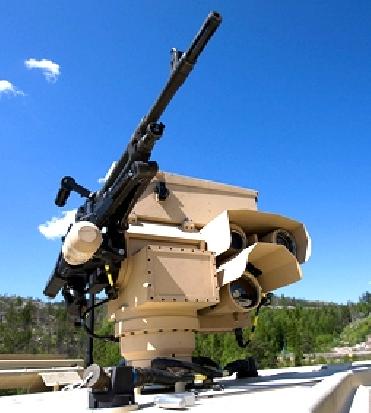
NEW DELHI (PTI): Indian Army's military doctrine of five years is undergoing a makeover to include scenarios such as a two-front simultaneous war with both China and Pakistan.
The new doctrine, which is reviewed every five years at the Army's Shimla-based Training Command, is also expected to spell out tactics and means to fight asymmetric, fourth-generation warfare waged by both state and non-state actors such as terror attacks and proxy wars.
That apart, it would also look at ways to enhance the strategic reach of the Army and joint operations with the Navy and the Air Force.
For the purpose, the Army held a day-long closed door seminar in the Capital this week in which think-tanks and strategic experts brainstormed on the issues concerning the armed forces in general and the Army in particular, Army officers said Wednesday.
The Training Command has already begun reworking on the doctrine to include the new developments in different areas of warfare and to reflect on new threat perceptions and security challenges, officers said.
�The review is going on, but the document is not yet finalised. The review is mandated every five years,� officers said.
Apart from analysing military strategies and doctrines of China and Pakistan, the Army is also picking out lessons relevant for India from US' and NATO's Operation Enduring Freedom in Afghanistan launched in 2001 and Operation Iraqi Freedom in 2003, they added.
Since the Army first came out with its doctrine in 2004, the 1.13-million strong force has held several war games and practised its strategies and doctrines through several annual exercises for a pro-active, fast mobilisation of troops.
This was also useful for striking quickly and hard using mechanised forces, battle tanks and air power to pound targets and installations deep inside enemy territory.
Named the 'Cold Start' doctrine, which also envisaged a nuclear-biological-chemical warfare scenario, it rose from the Army's experience of a slow and cumbersome mobilisation during Operation Parakram in 2001-02 in the backdrop of the terror attack on the Parliament.
When 'Operation Parakram' was launched, it took the Army's potent Strike Corp almost a month to mobilise at the border, giving ample time for Pakistan to ready its troops for defending itself and for the international community to call for a truce between the two South Asian nations.
�Since then and now, there has been a major leap in our approach in conducting operations,� a senior officer said on the Cold Start doctrine.
The Army has also identified five thrust areas that will propel the new doctrine � be ready for a two-front war, to optimise capabilities to fight asymmetric warfare including cyber and electronic warfare, to enhance strategic reach and capability to fight a war away from Indian shores particularly in the Indian Ocean Region, tri-services joint operations including space-based capability, and to achieve technological edge over the enemy.
 Next Article
Next Article












The Indian Air Force, in its flight trials evaluation report submitted before the Defence Ministry l..
view articleAn insight into the Medium Multi-Role Combat Aircraft competition...
view articleSky enthusiasts can now spot the International Space Station (ISS) commanded by Indian-American astr..
view article